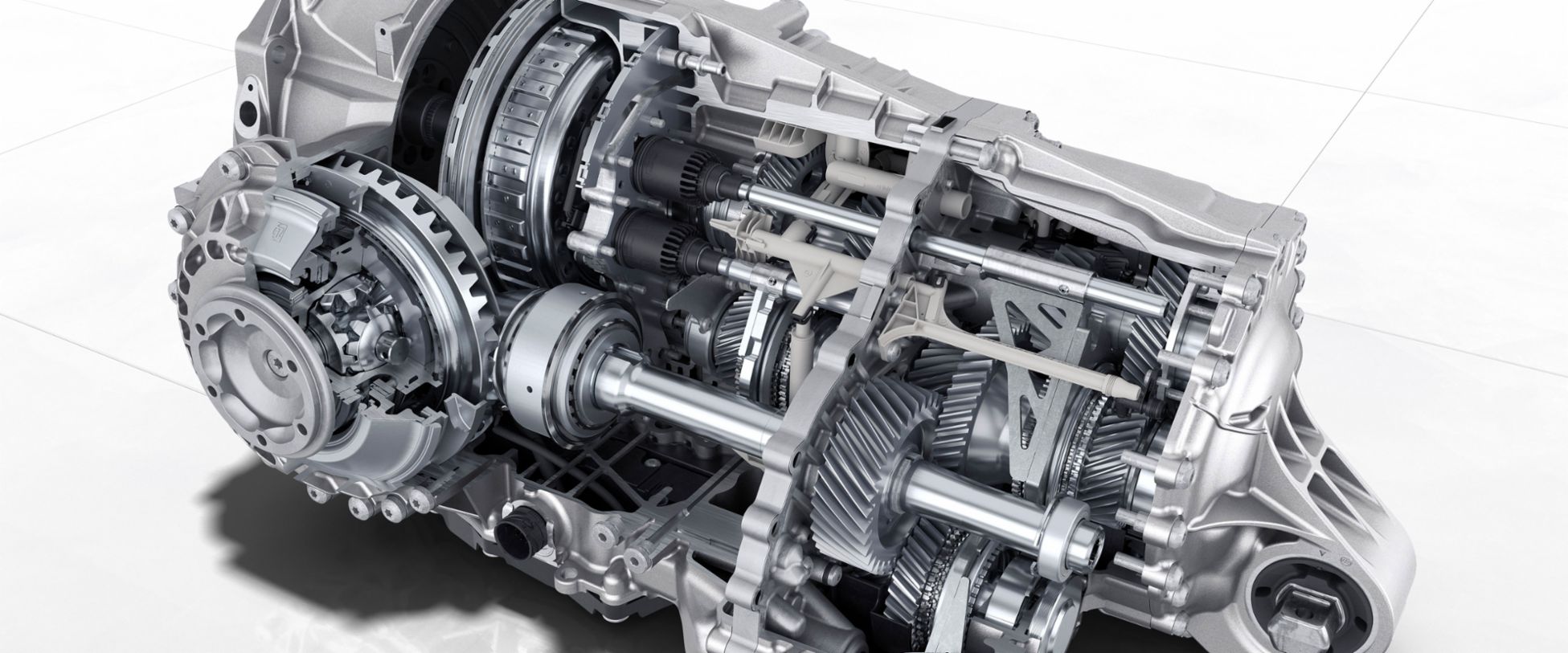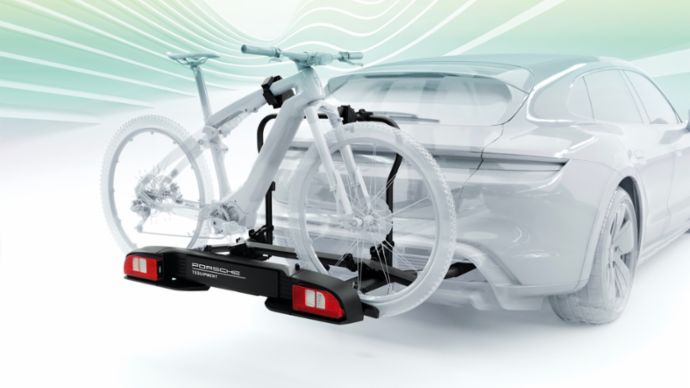Porsche Dual-Clutch Transmission Is Becoming Even More Popular
Why more and more Porsche customers are choosing a dual-clutch transmission instead of a manual.
Consumption data
Porsche 911 Speedster
Fuel consumption · City: 20.6 l/100 km
Highway: 9.9 l/100 km · Combined: 13.8 l/100 km
CO2 emissions (combined): 317 g/km
Efficiency class: G
Porsche 911 GT3 RS
Fuel consumption · City: 19.2 l/100 km
Highway: 9.0 l/100 km · Combined: 12.8 l/100 km
CO2 emissions (combined): 291 g/km
Efficiency class: G
Porsche 911 Carrera S / 911 Carrera 4S
Fuel consumption · City: 11.1–10.7 l/100 km
Highway: 7.9–7.8 l/100 km · Combined: 9.0–8.9 l/100 km
CO2 emissions (combined): 206–205 g/km
Efficiency class: F
(as of 06/2019)
The uproar was considerable. Back in 1967, when Porsche first offered the 911 with a semiautomatic Sportomatic transmission, it wasn’t just dyed-in-the-wool brand purists who were dismayed; the trade press was equally skeptical. Even reserved Porsche fans registered their consternation. The omission of the clutch pedal was intended to enhance the car’s comfort. Comfort? In a sports car? And on top of that, two seconds slower from 0 to 100 kmh than with manual? As if all that wasn’t enough, it also had a higher fuel consumption. Needless to say, the Sportomatic package was not a rousing sales success.
Fast-forward half a century. By now there’s little sign of the initial backlash against the alleged mismatch between sportiness and automatic technology—and that’s down to the Porsche dual-clutch transmission (PDK). Initial trials with the new technology starting in 1980 culminated in a signal achievement in 1986.
In the PDK, the gears are distributed between two separate clutches—hence the name. The odd gears and reverse are connected to clutch I, while the even gears are connected to clutch II. The technology enables fully automatic gear changes without traction interruption. Similar to a manual shifter, the individual gears are selected using shift forks; in the PDK system, it’s done through computer-aided electrohydraulics. The result is a synthesis of manual and automatic shifting. Efficiency, dynamics, and comfort are an unrivaled combination in the PDK.
For all its day-to-day usability, the PDK system was initially used exclusively in the world of motorsports after its introduction in 1983. This transmission type offers a significant advantage, particularly in combination with turbo engines: unlike with a manual transmission, drivers can keep their foot on the gas during gear changes, and the charge pressure of the turbo is retained. Traction interruption? Not a bit of it.
It was some time before series production began, however. The control electronics first had to go through a number of development stages. Above all, the new technology needed to grow out of its habit of jarring gear changes.
Starting in 2008, Porsche offered an optional PDK in the 911 Carrera and the 911 Carrera S.
The breakthrough came a year later with the world premiere of the Panamera model range. In 2009 the four-door sport sedan became the first Porsche with a standard seven-speed PDK—the PDK I—installed in several variants. Since 2016 the new Panamera has been offered exclusively with the eight-speed PDK II. And the PDK in the new 911 features eight speeds as well. Indeed, unlike in 1967, the trend among Porsche drivers is increasingly toward automated transmissions.
75 percent: popular PDK
More than three-quarters of all delivered Porsche 718 and 911 models today are equipped with a PDK system. The figure rises to 100 percent for the Panamera and Macan—a manual transmission is no longer offered in these model ranges. Whether it’s eight speeds in the Panamera or seven in the Macan, the PDK transmission offers greater comfort and efficiency without compromising sportiness—a combination that a manual transmission simply can’t achieve. For the 911 GT3 RS, the PDK boasts an even sportier setup, with shorter gear ratios, optimally stepped gears, and faster response times. And what about the purists, for whom nothing can compare with the marvels of manual transmission—not even a PDK? They still get what they’re after with Porsche. The new Porsche 911 Speedster, for instance, is only available with manual transmission.
0.4 seconds: accelerate faster
Even the first generation of the PDK enabled faster gear changes. Compared to the conventional Tiptronic S automatic transmission, which was ten kilograms heavier, the optional PDK introduced in the Porsche 911 Carrera and Carrera S in 2008 shifted up to 60 percent faster and without traction interruption. That naturally impacted acceleration. The 2008 Porsche 911 Carrera with a seven-speed PDK—in Sport Plus Mode—shifted 0.4 seconds faster than the version with a manual six-speed transmission. For the 2008 all-wheel-drive 911 Carrera 4, it amounted to 4.6 seconds from 0 to 100kmh instead of 5.0—advantage PDK.
The extent to which Porsche has optimized its dual-clutch transmission from generation to generation is demonstrated by the current 911 Carrera 4S. The eight-speed PDK comes standard, and gear changes now take place in milliseconds. The result: the sports car accelerates from 0 to 100 kmh in 3.6 seconds, and in just 3.4 seconds with the Sport Chrono package. That would be out of the question with a manually shifted car.
0.4 l/100 km: greater efficiency
The PDK’s positive impact on fuel consumption was immediately evident from the time of its debut in 2008: with a six-speed manual transmission, the 238 kW (385 hp) Porsche 911 Carrera S consumed 10.6 liters per 100 kilometers—0.4 liters more than the version with PDK. It was also thanks to the PDK that a Porsche 911 Carrera was able to crack the ten-liter barrier for the first time, coming in at 9.8 l/100 km. And today the PDK II is even more efficient than its predecessor—despite weighing twenty kilograms more. But then it has to fulfill quite distinct requirements as well. Moreover, this newly designed transmission type is built for use in electrified vehicles.




